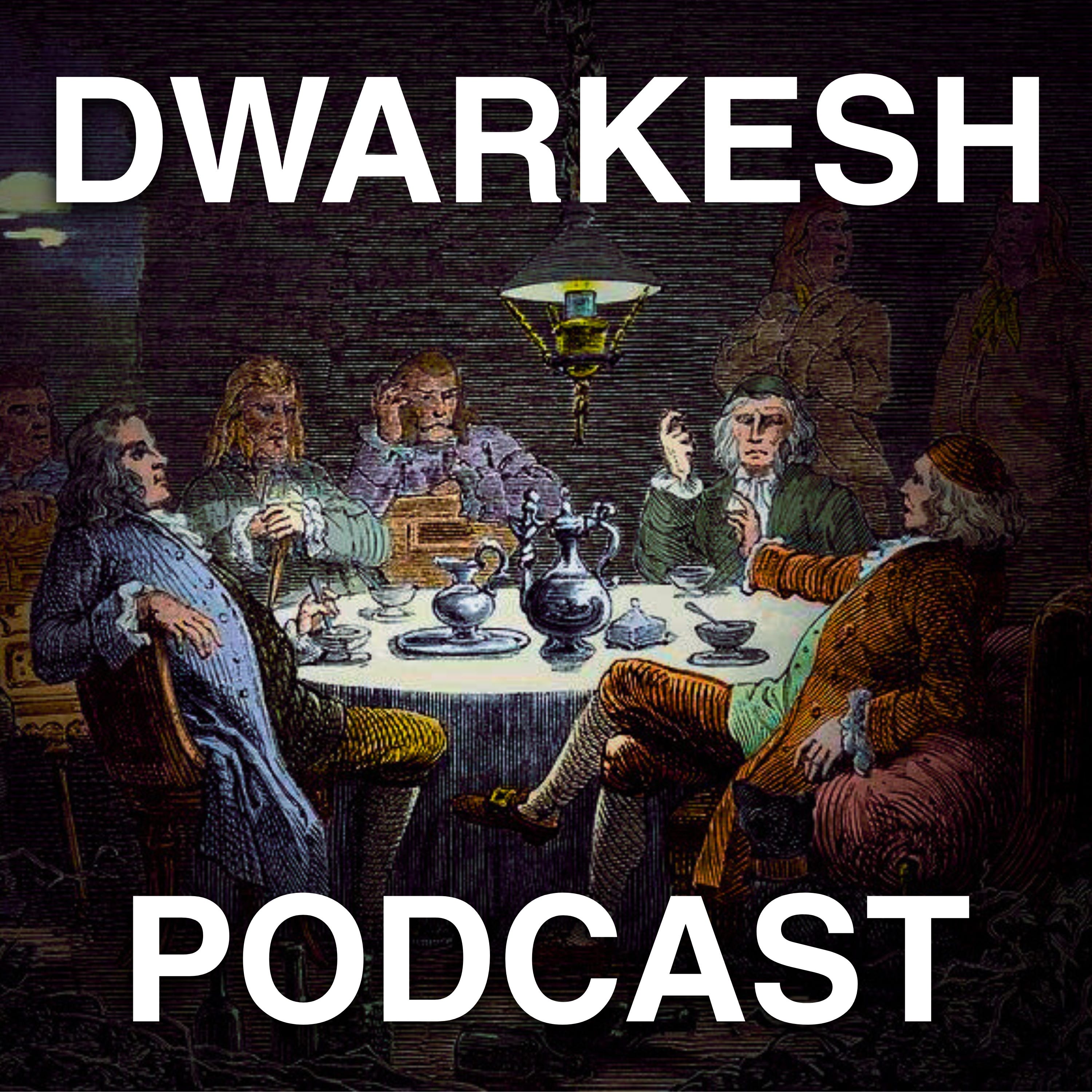
AGI is Still 30 Years Away — Ege Erdil & Tamay Besiroglu
🤖 AI Summary
Overview
Ege Erdil and Tamay Besiroglu challenge conventional narratives about AI timelines, intelligence explosions, and economic growth. They argue for longer timelines to AGI, dismiss the likelihood of an intelligence explosion, and predict explosive economic growth driven by broad automation. Their perspective emphasizes the integration of AI into existing economic systems rather than isolated breakthroughs.
Notable Quotes
- It's kind of like calling the Industrial Revolution a horsepower explosion. Sure, horsepower increased, but the real story was the complementary changes across sectors.
- Tamay Besiroglu, on why the intelligence explosion framing is misleading.
- Even if you had 30 times less compute, AI researchers say they'd still make a third of the progress. That shows how much cognitive effort matters.
- Dwarkesh Patel, on the interplay of compute and human ingenuity in AI progress.
- The world today isn’t bottlenecked by intelligence. It’s bottlenecked by scaling the economy, complementary innovations, and demand.
- Ege Erdil, on why intelligence alone won’t drive transformative change.
🧠 Rethinking the Intelligence Explosion
- Tamay argues that the intelligence explosion concept is flawed, likening it to calling the Industrial Revolution a horsepower explosion.
The real drivers of change were complementary innovations across sectors like agriculture, transportation, and finance.
- AI development, similarly, will depend on a broad set of factors, not just smarter systems. For example, scaling compute, improving infrastructure, and integrating AI into existing systems are critical.
- Ege emphasizes that AI progress is not linear or easily extrapolated. Historical examples, like AlphaGo, show that breakthroughs in one domain don’t necessarily translate to others.
📈 Explosive Economic Growth
- Ege and Tamay predict the global economy could double every 1-2 years once AI automates broad swaths of labor. This growth would stem from scaling both capital and labor inputs, with AI acting as a flexible substitute for human workers.
- They argue that explosive growth doesn’t require superhuman
AI but rather systems that can integrate into existing economic structures.
- Historical parallels, like the Industrial Revolution, show that growth often comes from entirely new products and industries, not just scaling existing ones.
🤖 AI Firms and the Future of Work
- AI firms could revolutionize organizational structures by enabling high-fidelity replication of talent. For example, a single super-manager
AI could oversee and optimize an entire organization.
- Unlike humans, AI workers can be perfectly aligned with organizational goals, eliminating principal-agent problems.
- The ability to copy and scale AI workers instantly could lead to unprecedented economies of scale and faster innovation cycles.
🌍 Regulation and Global Dynamics
- While regulation could slow AI deployment, Ege and Tamay argue that international competition and economic incentives will likely prevent a global slowdown.
- They highlight historical examples, like the Industrial Revolution, where countries that adopted new technologies faster gained significant advantages.
- However, they acknowledge the possibility of regulatory coordination, akin to global bans on human cloning, as a potential bottleneck.
🔮 Long-Term Implications and Uncertainty
- The duo emphasizes humility in predicting the future of AI. They argue that reasoning alone is insufficient; real-world experimentation and deployment are crucial for understanding AI’s impact.
- They advocate for decentralized decision-making and robust institutions to navigate the uncertainty of AI’s transformative potential.
- While they dismiss the likelihood of a sudden intelligence explosion, they stress the importance of preparing for a world where AI systems play a dominant role in the economy.
AI-generated content may not be accurate or complete and should not be relied upon as a sole source of truth.
📋 Episode Description
Ege Erdil and Tamay Besiroglu have 2045+ timelines, think the whole "alignment" framing is wrong, don't think an intelligence explosion is plausible, but are convinced we'll see explosive economic growth (economy literally doubling every year or two).
This discussion offers a totally different scenario than my recent interview with Scott and Daniel.
Ege and Tamay are the co-founders of Mechanize (disclosure - I’m an angel investor), a startup dedicated to fully automating work. Before founding Mechanize, Ege and Tamay worked on AI forecasts at Epoch AI.
Watch on Youtube; listen on Apple Podcasts or Spotify.
----------
Sponsors
* WorkOS makes it easy to become enterprise-ready. With simple APIs for essential enterprise features like SSO and SCIM, WorkOS helps companies like Vercel, Plaid, and OpenAI meet the requirements of their biggest customers. To learn more about how they can help you do the same, visit workos.com
* Scale’s Data Foundry gives major AI labs access to high-quality data to fuel post-training, including advanced reasoning capabilities. If you’re an AI researcher or engineer, learn about how Scale’s Data Foundry and research lab, SEAL, can help you go beyond the current frontier at scale.com/dwarkesh
* Google's Gemini Pro 2.5 is the model we use the most at Dwarkesh Podcast: it helps us generate transcripts, identify interesting clips, and code up new tools. If you want to try it for yourself, it's now available in Preview with higher rate limits! Start building with it today at aistudio.google.com.
----------
Timestamps
(00:00:00) - AGI will take another 3 decades
(00:22:27) - Even reasoning models lack animal intelligence
(00:45:04) - Intelligence explosion
(01:00:57) - Ege & Tamay’s story
(01:06:24) - Explosive economic growth
(01:
